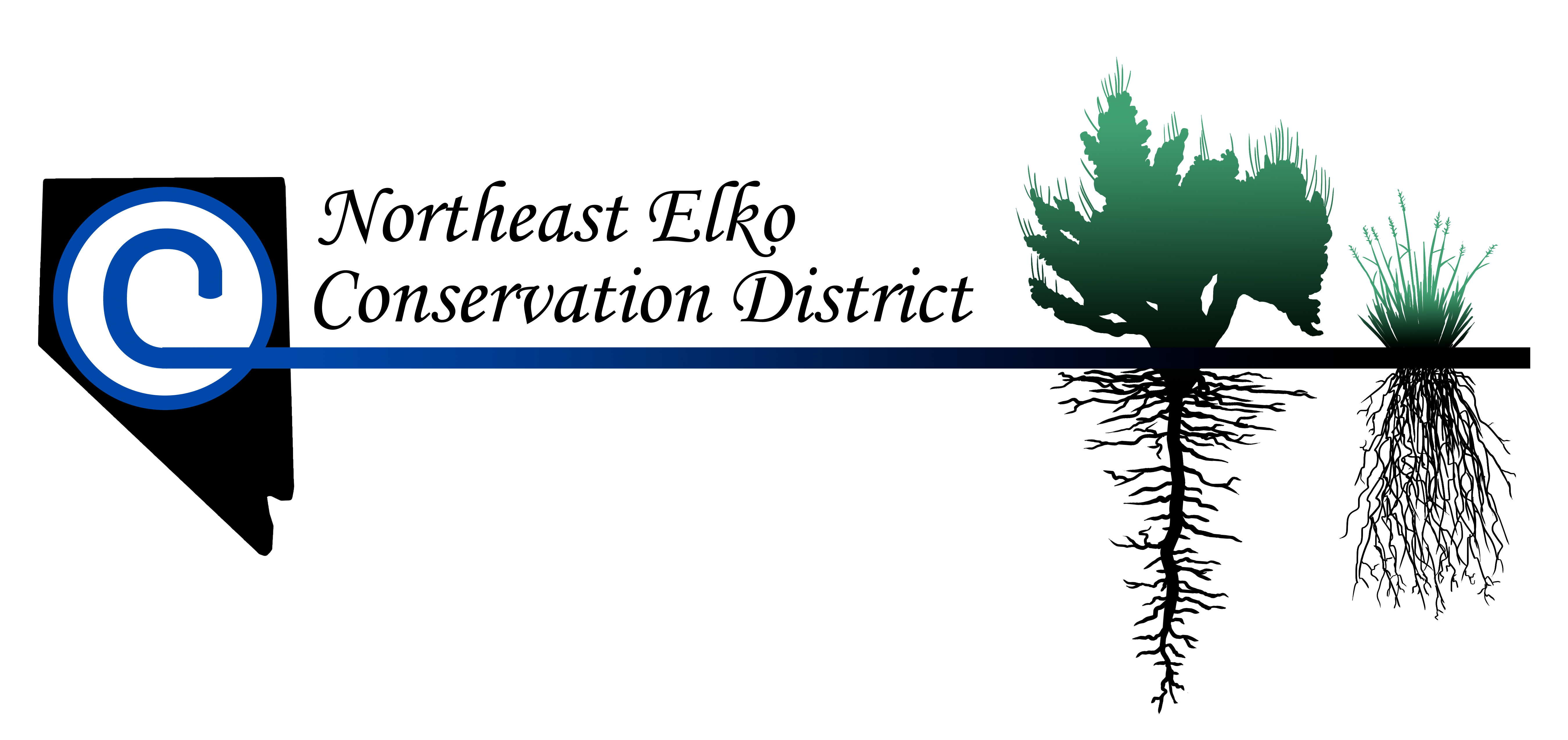Sagebursh Ecosystem
Photo by Rick McEwan Sage Grouse Initiative: https://www.flickr.com/photos/162446995@N08/47458330812/in/album-72157707915605214/
Sagebrush habitat in the Conservation District provides food and shelter for a wide variety of wildlife species both seasonally and year-round. The following eight wildlife species in Nevada are dependent on sagebrush habitat for most of their life history needs (i.e. sagebrush obligates): Pygmy rabbit, Sagebrush vole, Greater sage-grouse, Sage thrasher, Brachylagus idahoensis, Lemmiscus curtatus, Centrocercus urophasianus, and& Oreoscoptes montanus.
Mule deer and pronghorn are also dependent on sagebrush habitat as well as other habitat types to meet seasonal habitat requirements.
The following key elements of sagebrush habitat are important to wildlife identified in the Nevada Wildlife Action Plan (NDOW 2012):
Mature sagebrush stands provide nesting structure, protection from predators and thermal cover. Key species for conservation identified by NDOW for mature sagebrush habitat include greater sage-grouse, loggerhead shrike, sage sparrow, Brewer’s sparrow, and sage thrasher.
Young to mid-age class sagebrush stands;provide foraging area, protection from predators, and thermal cover. NDOW identified mule deer as a key species for conservation in this habitat type.
Tall big sagebrush stands provide burrowing opportunities, protection from predators, and foraging area. NDOW identified pygmy rabbit as a key species for conservation in this habitat type.
Grasses and forbs in the understory of sagebrush habitats provide nesting cover and forage. NDOW identified greater sage-grouse and Columbia sharp-tailed grouse as the key species for conservation in this habitat type.
Mature sagebrush stands provide nesting structure, protection from predators and thermal cover. Key species for conservation identified by NDOW for mature sagebrush habitat include greater sage-grouse, loggerhead shrike, sage sparrow, Brewer’s sparrow, and sage thrasher.
Young to mid-age class sagebrush stands;provide foraging area, protection from predators, and thermal cover. NDOW identified mule deer as a key species for conservation in this habitat type.
Tall big sagebrush stands provide burrowing opportunities, protection from predators, and foraging area. NDOW identified pygmy rabbit as a key species for conservation in this habitat type.
Grasses and forbs in the understory of sagebrush habitats provide nesting cover and forage. NDOW identified greater sage-grouse and Columbia sharp-tailed grouse as the key species for conservation in this habitat type.
